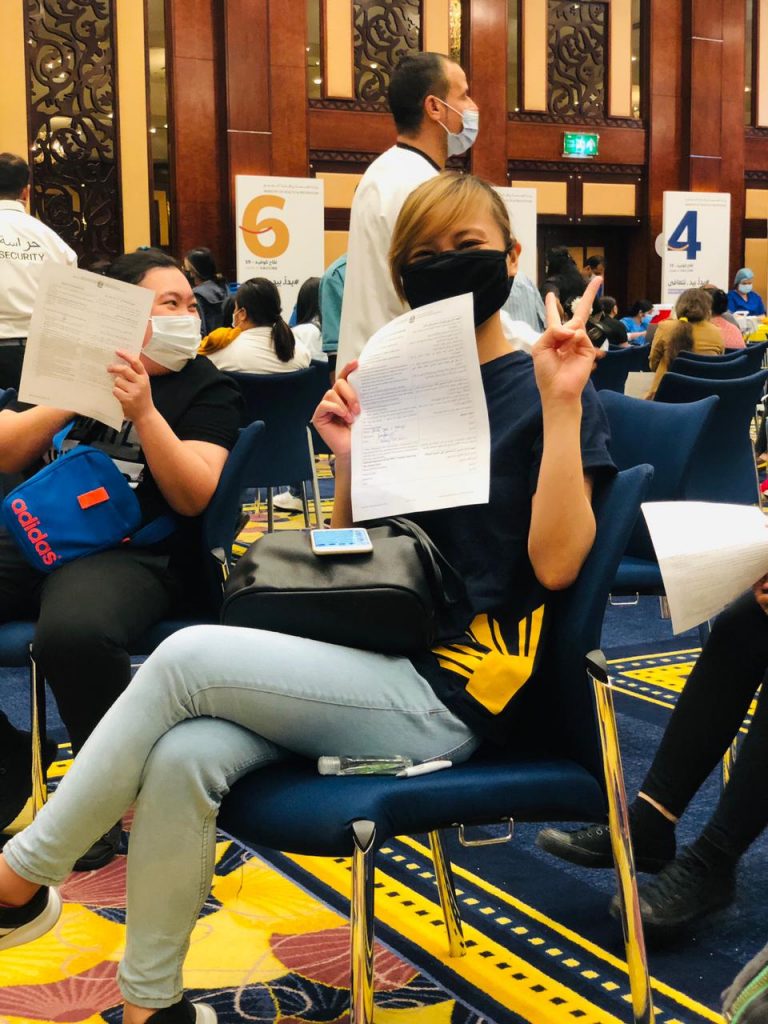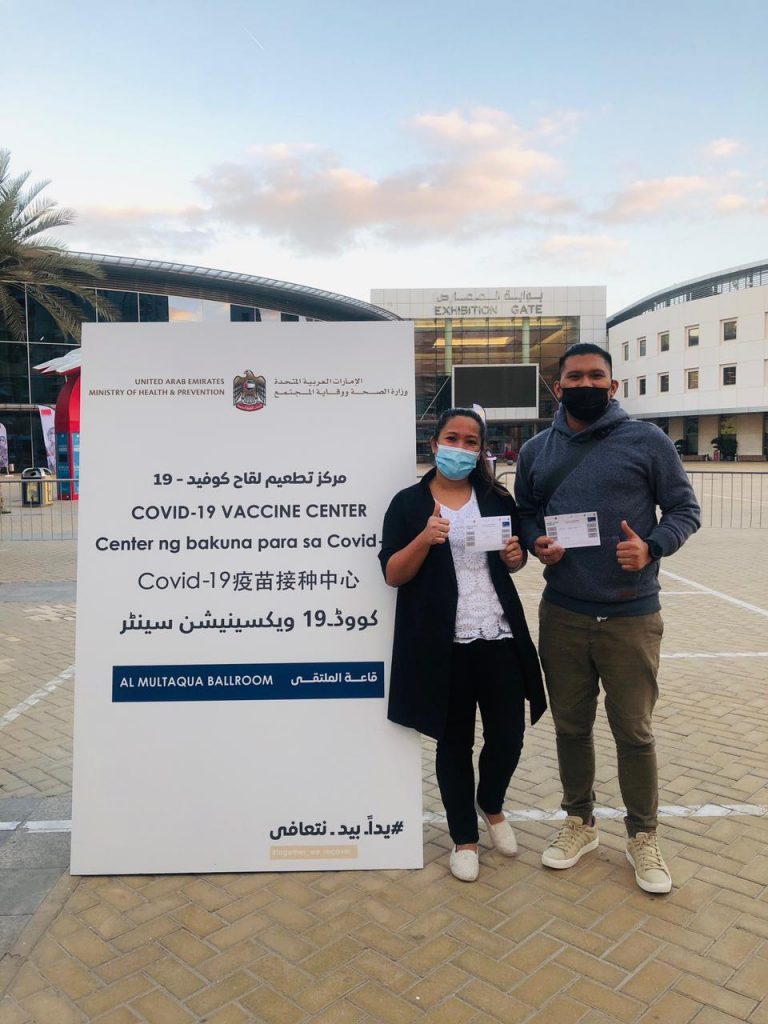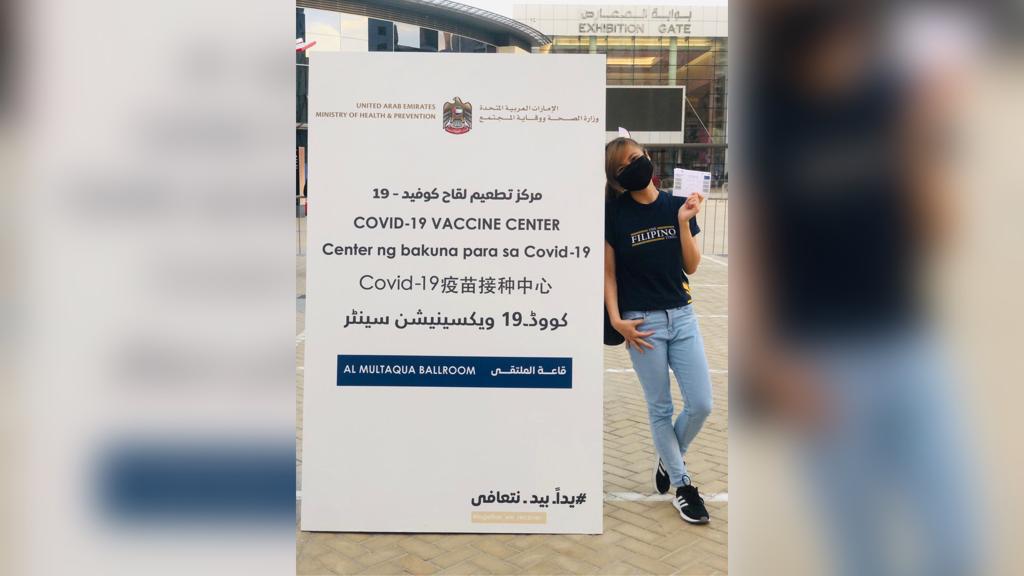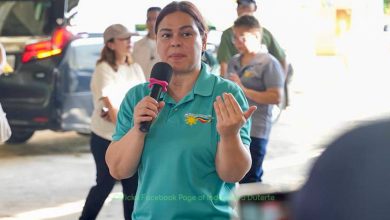Since the World Health Organization enlisted the UAE as the first country to conduct the global clinical Phase III trial of Sinopharm China National Biotec Group’s inactivated vaccine to combat coronavirus disease (COVID-19)—called 4Humanity—our news team has keenly monitored each and every phase of this process, especially since one of our editors registered as one of the volunteers.
Following the trial’s revolutionary success (registering an 86 percent efficacy rate), the said vaccine has been approved for emergency use for frontliners in September, and was finally rolled out to the general population in December 2020.
In addition, the government of Dubai has announced an extensive, free of charge COVID-19 vaccination for all residents after it registered Pfizer-BioNTech’s COVID-19 vaccine as part of the UAE’s comprehensive efforts against the pandemic.
From then on, tens upon tens of vaccination centers across the emirates have been set up—providing residents countless options in order to get the jab and help the country finally kick the pandemic to the curb. The extensive vaccination campaign of the UAE has led to the nation being recognized as among the top countries in terms of the rate of vaccine doses administered.
My colleagues and I decided to get the jab on January 22 at the new vaccine center at Dubai World Trade Center, after we heard about this hassle-free walk-in experience of getting the shot in the facility.
Walk-in process
We arrived at World Trade Center shortly after noon and joined the queue of other expats waiting to get the Sinopharm vaccine outside the exhibition center. We did not secure any appointment beforehand, but we were requested to download the Al Hosn app in order to help us easily monitor the schedule of our second dose.

When we got inside the facility, we were ushered to a designated seated line for females and families (married couples are considered family as well), and were asked to fill up a consent form that had all the relevant information about the vaccine both in Arabic and English. The time it took from entering this area up to the moment we got to the vaccination spot did not take over 30 minutes.
The vaccination process
The nurse and the physician assigned to give me the jab asked for my Emirates ID, as well as several questions, including allergies (to which I disclosed my aversions to penicillin), pre-existing health conditions, weight, marital status (to determine if a pregnancy test is needed), and so on. The nurse took my blood pressure and temperature, and right before giving me the shot, she explained the possibility of experiencing side effects—including fever, sore throat, cough, cold, muscle pain on the injected area, and headache.
The whole jab process did not take over five minutes. I was advised to stay for 10 to 15 minutes to monitor any anaphylactic reaction since I told them about my penicillin allergies.
The nurse asked for my contact number, where MOHAP will send a message regarding the schedule of the second dose—which is 21 days from the moment the first dose was given.
Side effects so far
Following the jab, I had slight swelling on the arm where I took the jab, which lasted for an entire night. It has been three days and as of this writing, the only side effects I have are mild colds and cough.
One of my colleagues experienced muscle pain, nausea and slight fever—all of which were indicated in the consent form that was given prior to the shot.

The entire vaccination experience was swift and convenient, a reflection of a government that remains staunch in getting things done to provide utmost and equal care for all of its residents. The level of competence mirrored in this campaign has set benchmarks all over the world—and with the cooperation of the community—it won’t take long before the nation finally puts the crisis behind, and moves forward towards its next destination: prosperous recovery.




